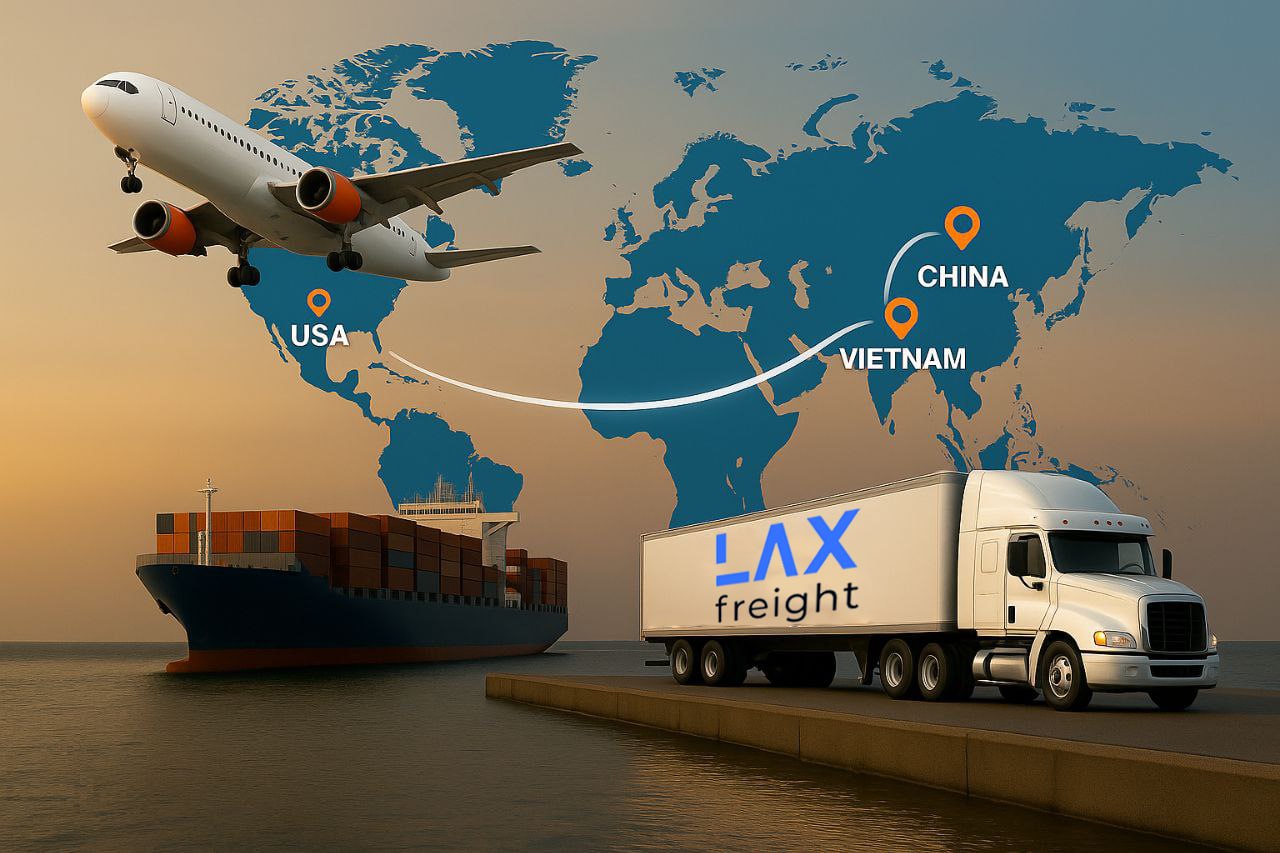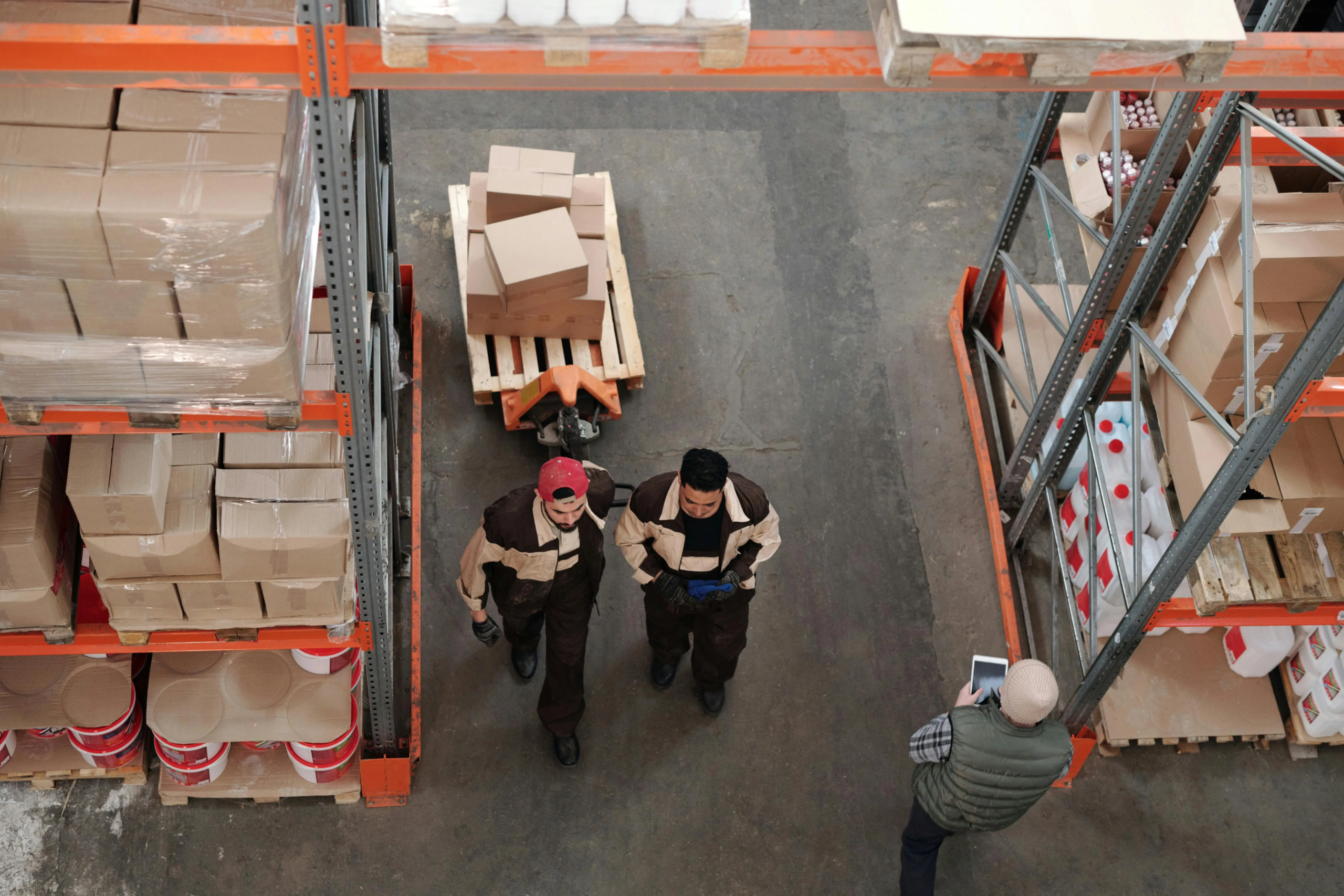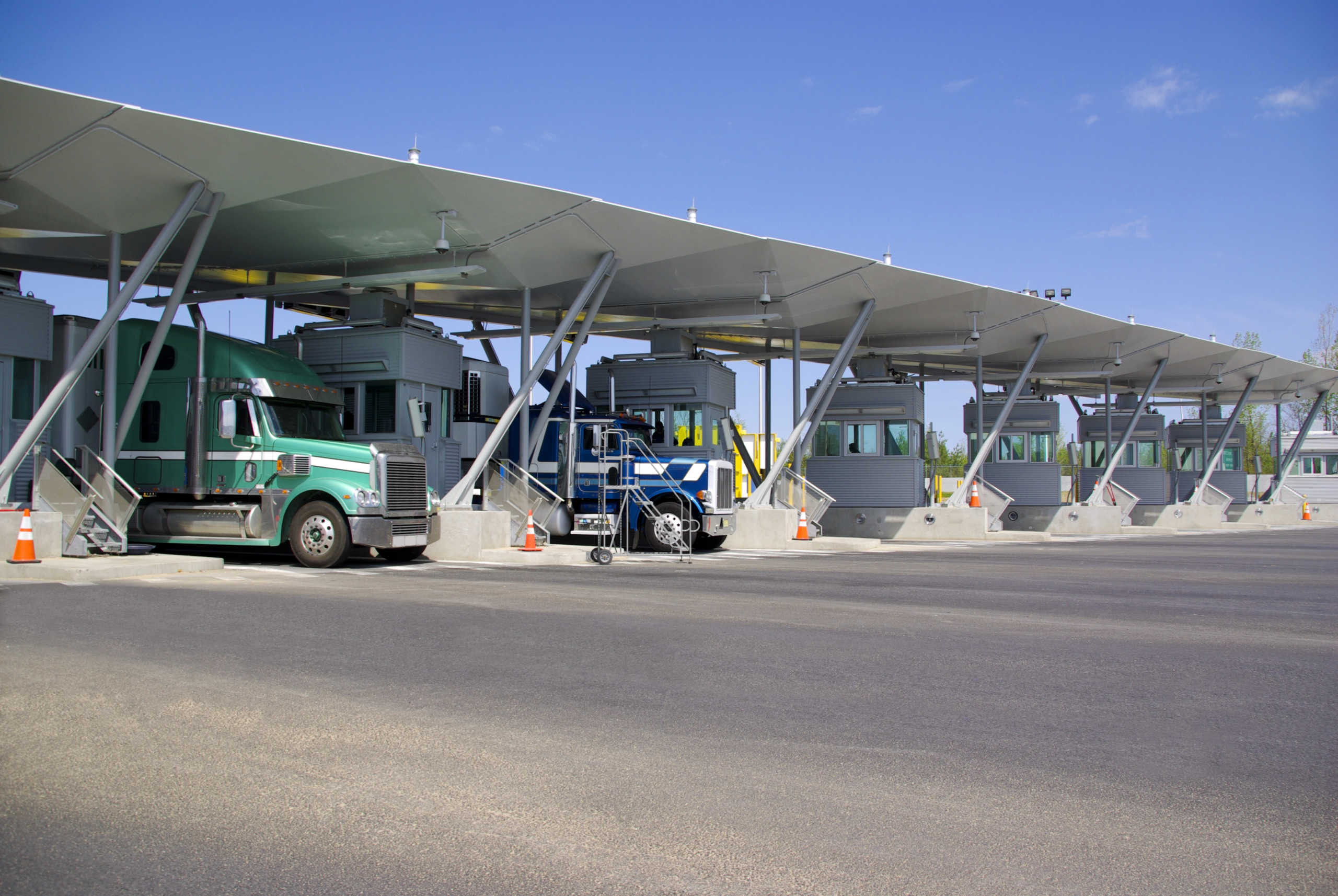In the world of transportation, distinguishing between interstate and intrastate operations is more straightforward than you might think. This guide aims to provide you with a comprehensive understanding of the difference between interstate and intrastate, including intrastate commerce examples, and help you determine which one aligns with your business goals.
Understanding the Basics: Intrastate vs. Interstate
When choosing the correct definition of intrastate or what does it mean that a shipment is intrastate, it’s important to have a solid grasp of this concept as it forms the foundation of our discussion.
CDL Classification: Is It Interstate or Intrastate?
How do I know if my CDL is interstate or intrastate? What is intrastate only? These are common questions for those entering the transportation industry.
Understanding CDL intrastate vs interstate requirements is another essential consideration for your trucking venture. This distinction plays a crucial role in shaping your path in the industry.
State-Specific Considerations: Which States Require Intrastate Authority?
Which states require intrastate authority is another important question to address when navigating the world of trucking regulations.
The Significance of Knowing the Difference: Interstate vs. Intrastate Meaning
Interstate and intrastate meaning holds immense importance. These two categories entail distinct regulatory requirements. Non-compliance with federal and local laws can lead to substantial fines or even service interruptions, forcing you to make adjustments to meet compliance standards. Such issues are not only time-consuming but also financially risky. Therefore, determining which option best suits your business plan at the outset provides a clear direction for navigating regulatory requirements.
Moreover, it’s crucial to acknowledge that situations may arise where freight, seemingly local due to pickups and deliveries within the same region, can be classified as interstate. This can occur if the cargo crosses state lines at any point during its journey, even before you assume responsibility for it. Transporting such loads without the appropriate licenses can inadvertently expose you to risks.
In-Depth Look at Interstate
Truck transport interstate is a complex endeavor that requires careful consideration of regulations and compliance.
Recognizing the difference between the two types of freight loads is a fundamental skill for any carrier or owner-operator, as regulatory compliance should always be a top priority.
Understanding the Distinction
The primary discrepancy between interstate and local ones is as follows: interstate operations permit you to cross state lines or national borders while transporting freight, while local operations involve delivering cargo within a single state.
Interstate
Interstate trucking primarily entails crossing state lines or national borders, including those between the U.S., Canada, and Mexico. Consequently, interstate hauling often involves long-haul journeys. It’s crucial for carriers and owner-operators to recognize scenarios that fall under the interstate category, such as routes that traverse other states or freight that has crossed state lines before reaching you. Even if you transport a load solely within one state, if it crosses state borders at any point during its route, it becomes categorized as interstate. Consequently, you must obtain the requisite licensing.
Examples of vehicles commonly used in interstate shipping include refrigerated trailers (reefer trucks), flatbed trailers, dry vans, tankers, and semi-trucks. For most small carriers and independent owner-operators, interstate hauling is usually a more suitable option than intrastate trucking, offering numerous advantages. Specific requirements for interstate transportation will be discussed shortly.
Intrastate Trucking
Local trucking, in contrast, involves transporting freight that is picked up and delivered within the same region. Trucks such as tow trucks, garbage trucks, dump trucks, concrete mixing trucks, and box trucks may require commercial driver’s licenses (CDLs) for intrastate driving. These operations are often managed by companies and carriers rather than independent owner-operators. Short-haul businesses using these truck types are typically not subject to the same Federal Motor Carrier Safety Administration (FMCSA) regulations as long-haul vehicles, making it easier to enter the industry for those interested in intrastate trucking.
Operating Authority
A significant distinction between regional and interstate shipping lies in the requirements for obtaining operating authority.
Interstate carriers engaged in freight transport across borders typically need a standard U.S. Department of Transportation (DOT) number. The Federal Motor Carrier Safety Administration (FMCSA) guidelines outline scenarios necessitating a DOT number, including driving commercial vehicle across state lines, transporting hazardous materials across state lines, operating across state lines with a gross combination weight or gross vehicle weight exceeding 10,001 pounds, driving a vehicle designed for transporting more than eight people for compensation across state lines, and operating a vehicle designed for 15 or more passengers, irrespective of compensation. Carriers must also register their fleets under the Unified Carrier Registration (UCR) Act, even if their state does not participate, as they will be crossing state lines.
Interstate carriers must comply with the International Fuel Tax Agreement (IFTA) and International Registration Plan (IRP), simplifying interstate hauling tax collection across states without mandating filings in each state.
Conversely, local driving does not demand the same federal operating authority as interstate hauling. However, there are still specific regulations to adhere to. Some regions may require a DOT number for local commercial transportation, and certain states, such as Connecticut, Indiana, Kentucky, Maine, North Carolina, Pennsylvania, Utah, and West Virginia, mandate separate regional fuel permits.
Insurance Requirements
Another critical aspect in which intrastate and interstate trucking diverge is insurance.
Interstate carriers and owner-operators transporting freight across lines must meet minimum coverage limits set by the FMCSA. Coverage requirements vary depending on factors such as freight type and vehicle weight. For instance, non-hazardous materials transported in vehicles weighing less than 10,001 pounds require a minimum coverage of $300,000, while non-hazardous materials transported in vehicles weighing more than 10,001 pounds necessitate $750,000 in coverage. Hazardous materials transported by private carriers and for-hire demand a minimum coverage of $5 million. Note that many shippers and carriers may require at least $1 million in coverage, even though these figures represent FMCSA minimums.
In contrast, local trucking insurance requirements vary. Some regions align with FMCSA guidelines, while others establish their own rules. Consequently, carriers venturing into local trucking must familiarize themselves with their specific rules, regulations, and coverage requirements.
Common Ground
Despite the disparities, there are several commonalities between interstate and intrastate trucking. Every carrier and owner-operator, regardless of their chosen category, must adhere to:
- CDL intrastate vs. interstate Requirements: Truck drivers must meet CDL requirements, choosing between interstate and local options when applying.
- Drug and Alcohol Testing: Mandatory drug and alcohol testing is a universal requirement for all trucking operations.
- Commercial Trucker Insurance: Adequate insurance coverage is essential for both categories.
- Hazardous Materials Training: Carriers transporting hazardous materials must undergo specialized training.
Choose the correct definition of intrastate: Local trucking refers to the transportation of goods solely within the borders of a single state. It does not involve crossing state lines during the course of transportation.
How to change from intrastate to interstate: To transition from local to interstate trucking, a carrier or owner-operator must typically obtain the necessary permits and authority to operate across state lines. This process involves complying with federal regulations, obtaining interstate insurance coverage, and meeting any other requirements set forth by the FMCSA.
What is intrastate vs interstate: Intrastate trucking is the transportation of goods within the boundaries of a single state, while interstate trucking involves the movement of goods across state lines, often requiring compliance with federal regulations in addition to state-specific requirements.
What does it mean that a shipment is intrastate: When a shipment is classified as intrastate, it means that the transportation of goods is limited to within the borders of a specific state, and it does not involve crossing lines during transit.
Selecting the Right Path: While each type of trucking has its pros and cons, many small carriers and owner-operators may find interstate trucking better suited to their needs. Opting for interstate operations opens up a broader range of options and partnership opportunities with shippers and brokers, reducing the risk of having to decline a lucrative load due to insufficient qualifications. Additionally, interstate truckers can still transport intrastate loads if needed, providing flexibility in their operations.
In conclusion, understanding the nuances between interstate and local trucking is crucial for your success in the industry. Whether you choose to cross lines or stay within one, compliance with regulations and insurance requirements is paramount. By making an informed decision and adhering to the applicable rules, you can establish a thriving trucking business that aligns with your goals and aspirations. For additional insights into optimizing your trucking operations, explore options like Lax Freight and consider the various types of expedited freight service available to meet your specific needs.



